Ancient stone ships, mysterious rune stones, and reconstructed longhouses vividly
depict the Viking Age across Scandinavia’s landscape. From Norway’s dramatic
fjords to Sweden’s rolling meadows and Denmark’s coastal plains, the Norse
heritage remains etched in both the land and culture of these Nordic nations.
This guide unveils twenty remarkable locations where you can walk in the footsteps
of the Vikings and experience their fascinating history firsthand.
Oseberg Ship (Oslo, Norway)
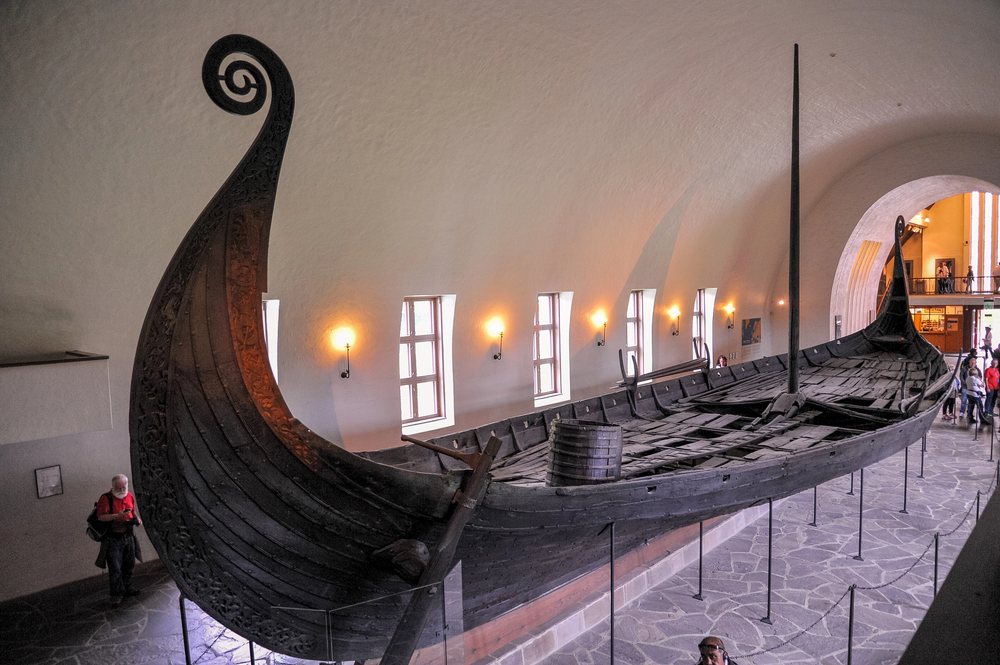
The majestic Oseberg ship is Norway’s most important Viking discovery. It is kept at
the Viking Ship Museum in Oslo. This beautifully decorated vessel was found in a
burial mound with two high-status women.
It is the epitome of Viking craftsmanship. Due to its excellent preservation, visitors can see real Viking woodcarving techniques and burial practices from the 9th century.
Birka (Björkö Island, Sweden)
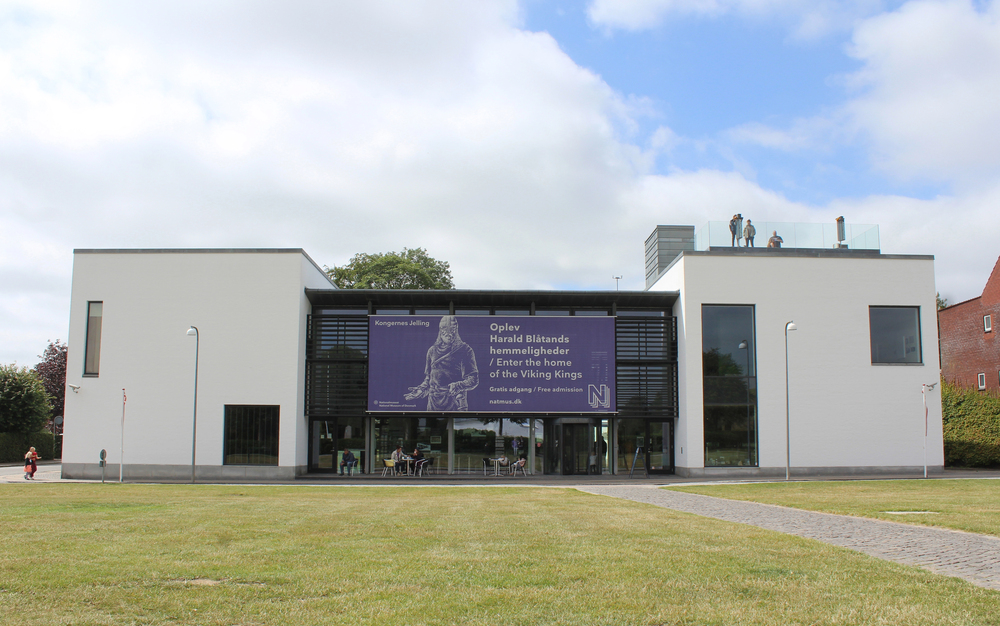
The UNESCO World Heritage site of Birka represents Scandinavia’s earliest
established town and trading center. Archaeological excavations have revealed
extensive evidence of international trade networks, with artifacts originating from as
far as the Byzantine Empire.
The reconstructed Viking village and museum provide insights into daily life during the Viking Age.
Like Travel Pug’s content? Follow us on MSN.
Jelling Monuments (Jelling, Denmark)
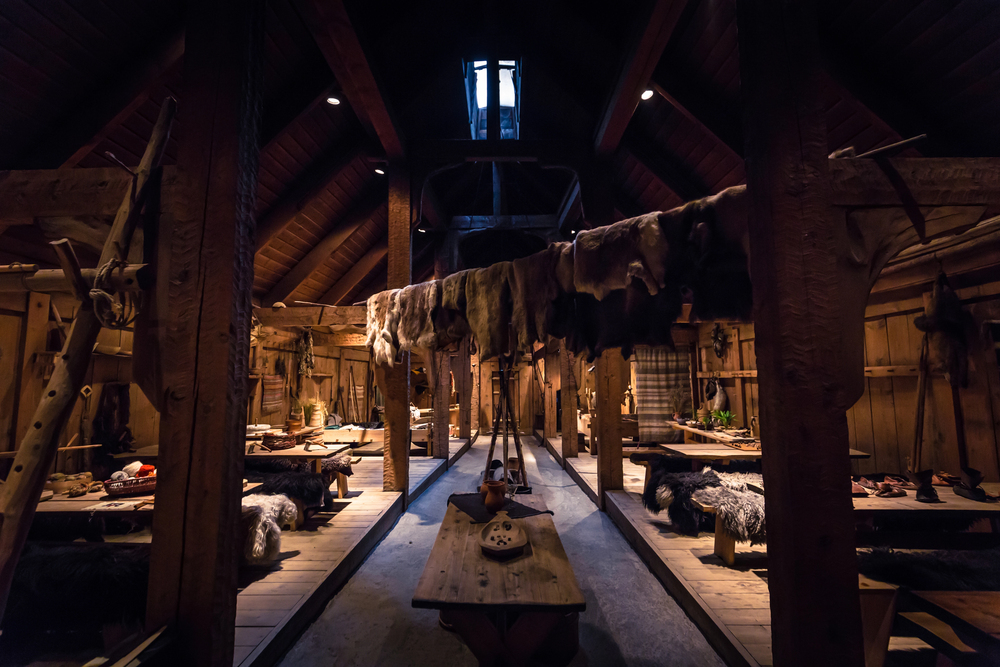
The Jelling stone monuments and burial mounds mark the birthplace of Denmark as
a nation under King Harald ‘Bluetooth’ Gormsson. These massive rune stones, often
called ‘Denmark’s Birth Certificate,’ feature the earliest depiction of Christ in
Scandinavia.
The site includes an immersive experience center that brings Viking Age royal power to life.
Lofotr Viking Museum (Lofoten Islands, Norway)
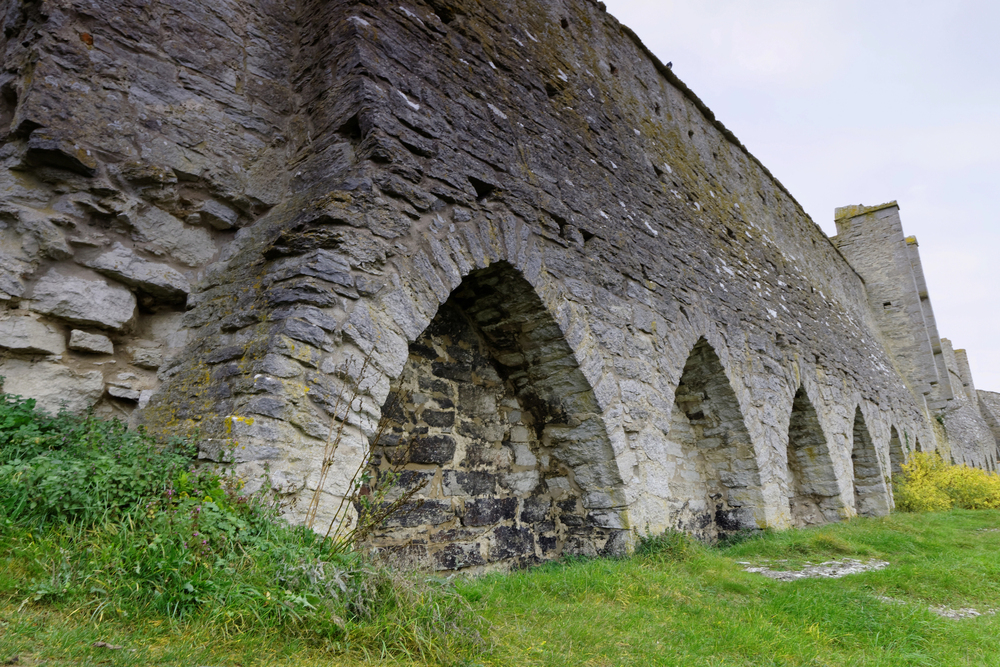
The reconstructed 272-foot-long chieftain’s longhouse at Borg is the largest known
Viking-era building ever discovered. This living museum recreates daily Viking life
with remarkable authenticity and detail.
The surrounding landscape of the Lofoten Islands has remained virtually unchanged since Viking times.
Foteviken Viking Reserve (Höllviken, Sweden)
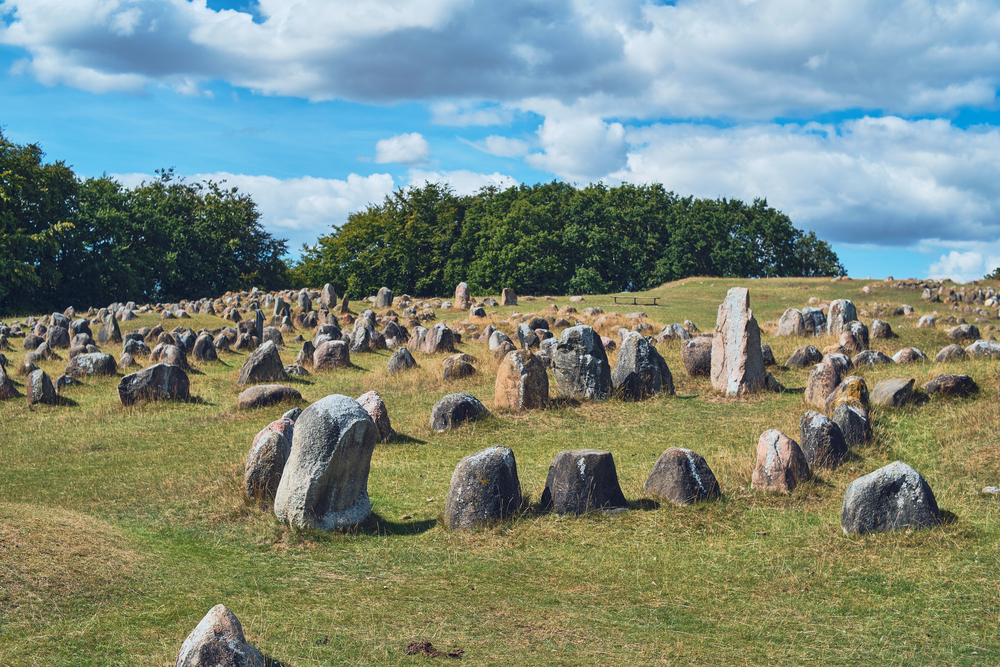
This unique open-air museum features a reconstructed Viking-age town with
authentic building techniques and materials. Throughout the season, living history
performers demonstrate traditional crafts and Viking-age skills.
The site also includes several reconstructed Viking ships and a medieval harbor.
Like Travel Pug’s content? Follow us on MSN.
Lindholm Høje (Aalborg, Denmark)
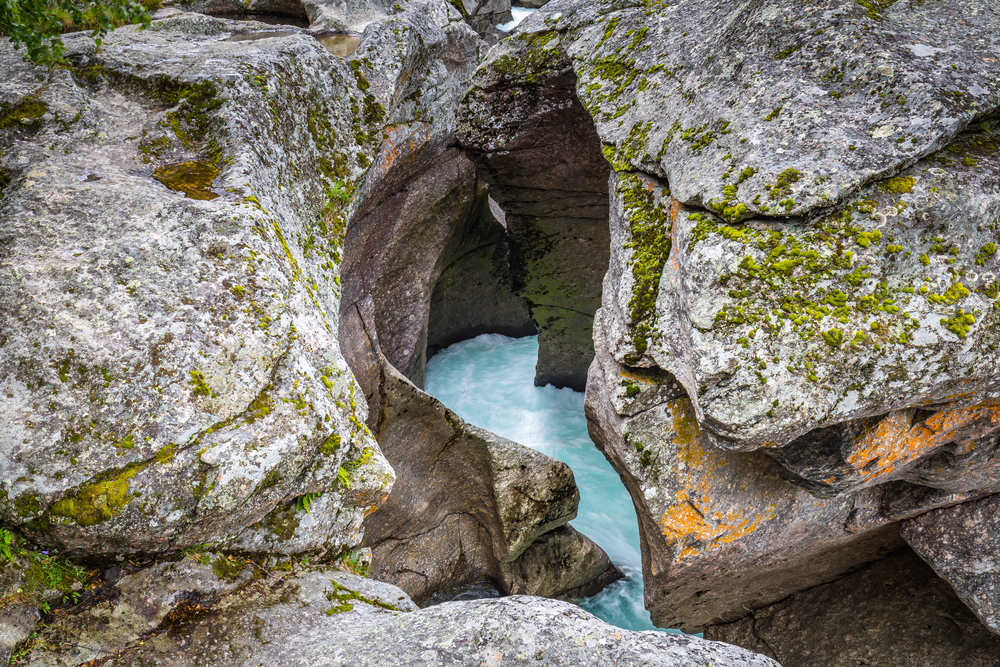
This remarkable burial site contains over 700 graves marked with stone ships from
the Viking Age and Germanic Iron Age. Archaeological evidence reveals a thriving
Viking settlement that once stood nearby.
The modern museum uses cutting-edge technology to bring ancient Viking life into focus.
Stiklestad (Trøndelag, Norway)
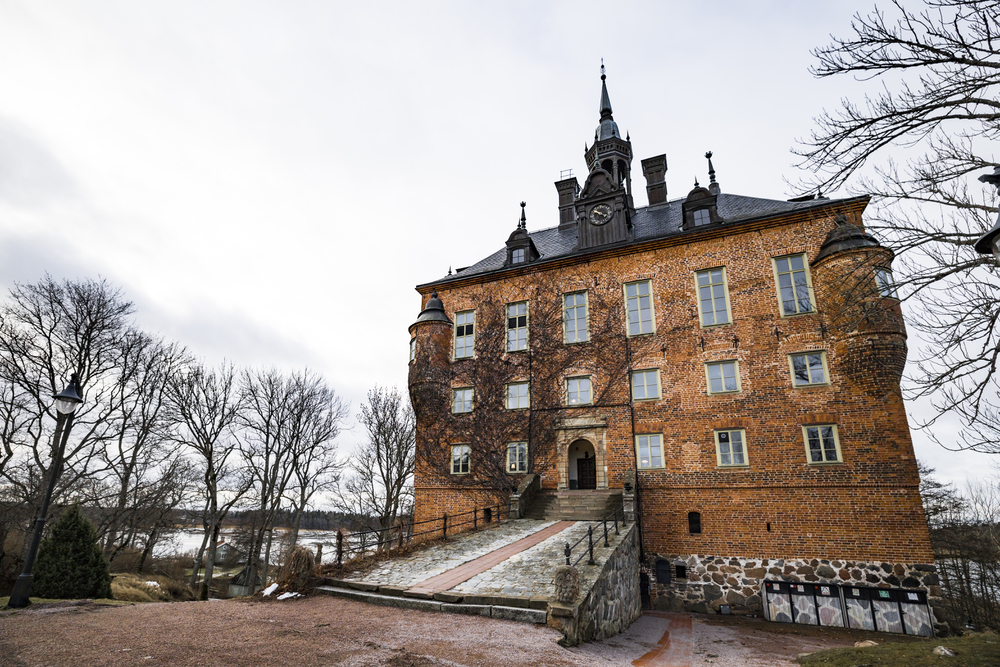
This place marks a very important turning point in Norwegian history because it is
where King Olaf II fell in 1030. This center hosts reconstructed buildings from the
Viking Age and historical reenactments regularly.
This site is important in Norway’s conversion to Christianity.
Gamla Uppsala (Uppsala, Sweden)
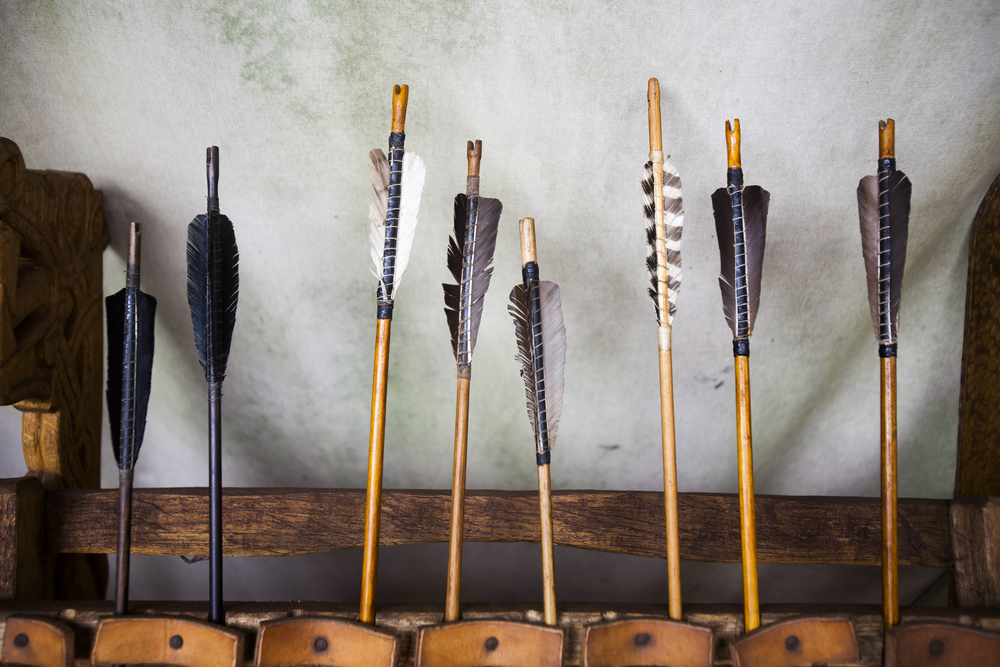
These giant burial mounds were once the religious and political heart of Viking-age
Sweden. The reconstructed Viking Age hall and the massive archaeological
exhibitions are here.
The ancient Norse sagas refer to this place as an important religious festival venue.
Like Travel Pug’s content? Follow us on MSN.
Ribe Viking Center (Ribe, Denmark)
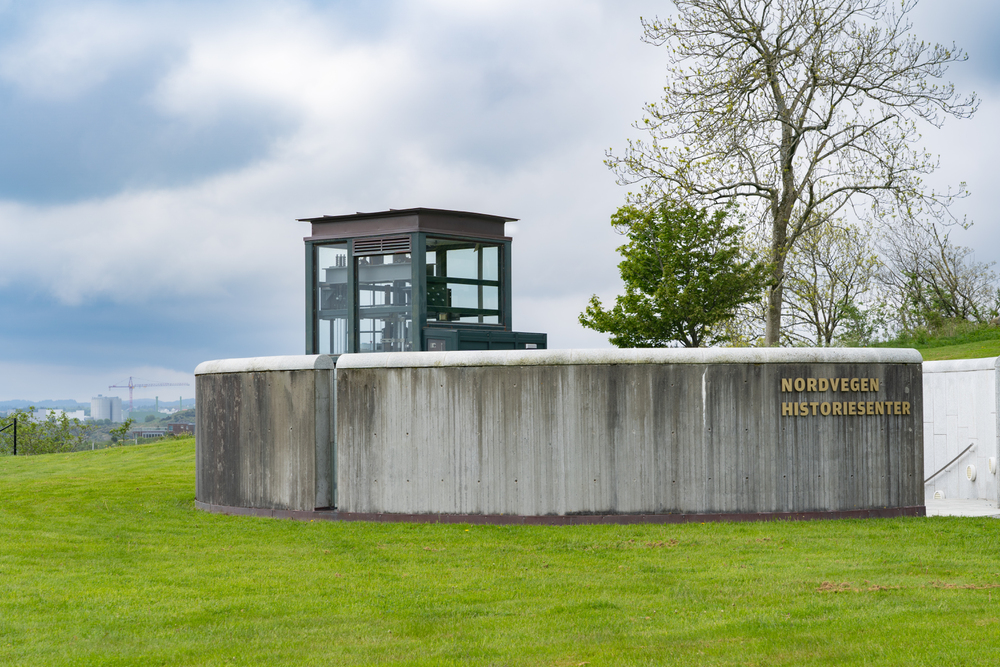
Denmark’s oldest town showcases a meticulously reconstructed Viking marketplace
and settlement. Skilled craftspeople demonstrate authentic Viking Age metalworking,
woodcarving, and textile production techniques.
The center’s experimental archaeology projects reveal new insights into Viking life.
Avaldsnes (Karmøy, Norway)
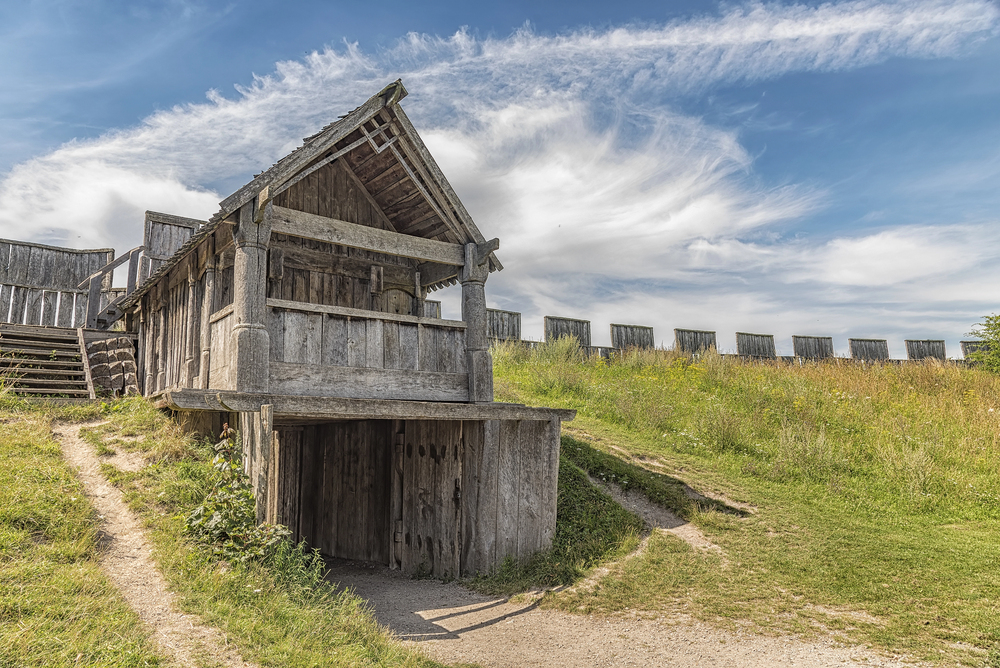
This former royal seat features a reconstructed Viking farm and longhouse beside
the historic St. Olaf’s Church. Archaeological evidence suggests continuous
settlement from the Bronze Age through the Viking Age.
The site’s strategic location along the ‘North Way’ made it crucial for controlling maritime traffic.
Trelleborg Fortress (Slagelse, Denmark)
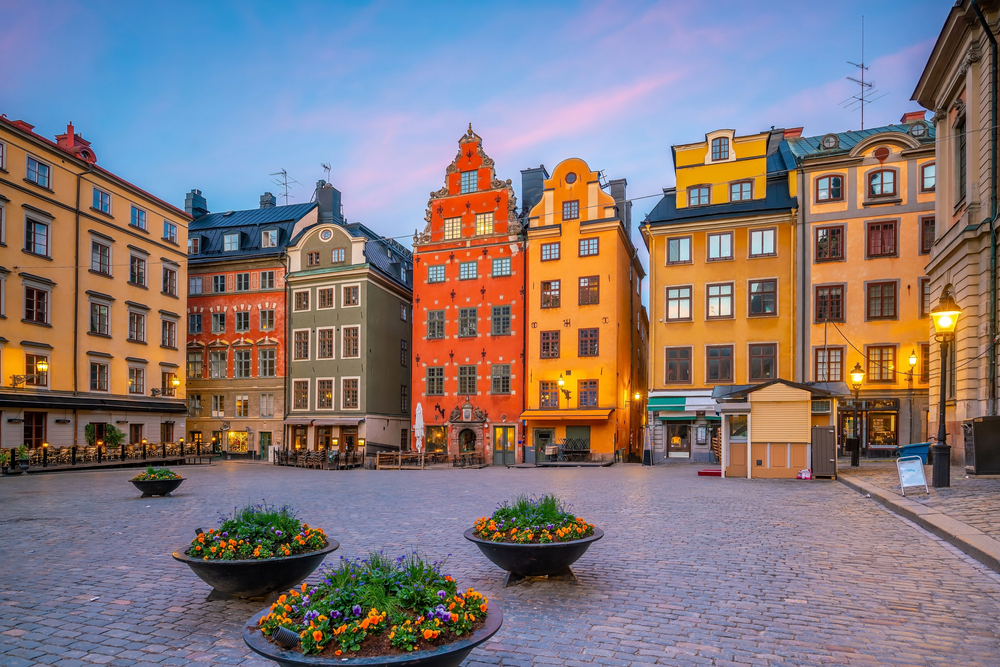
This perfectly circular Viking fortress is one of Harald Bluetooth’s defensive
masterpieces. The reconstructed sections demonstrate sophisticated Viking military
architecture and engineering, and recent archaeological discoveries reveal new
details about life within the fortress walls.
Like Travel Pug’s content? Follow us on MSN.
Storholmen Viking Village (Stockholm, Sweden)
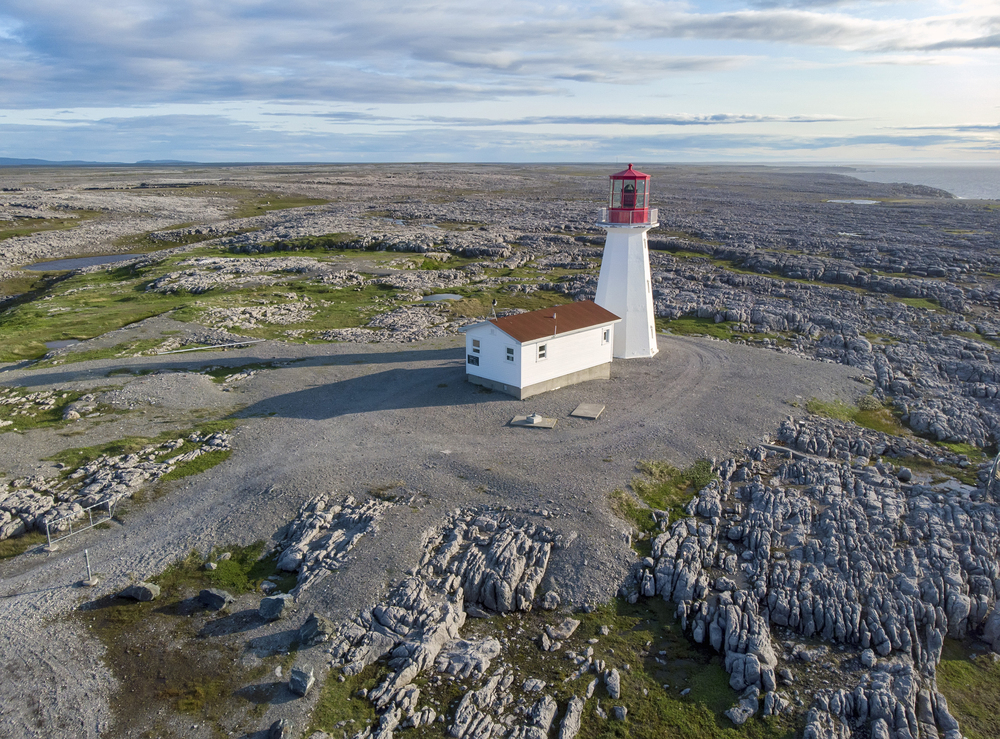
This living history village recreates daily Viking life through hands-on experiences
and demonstrations. Visitors can participate in traditional Viking activities like
archery, cooking, and crafting.
The site’s location on a small island creates an immersive historical atmosphere.
L’Anse aux Meadows (Newfoundland, Canada)
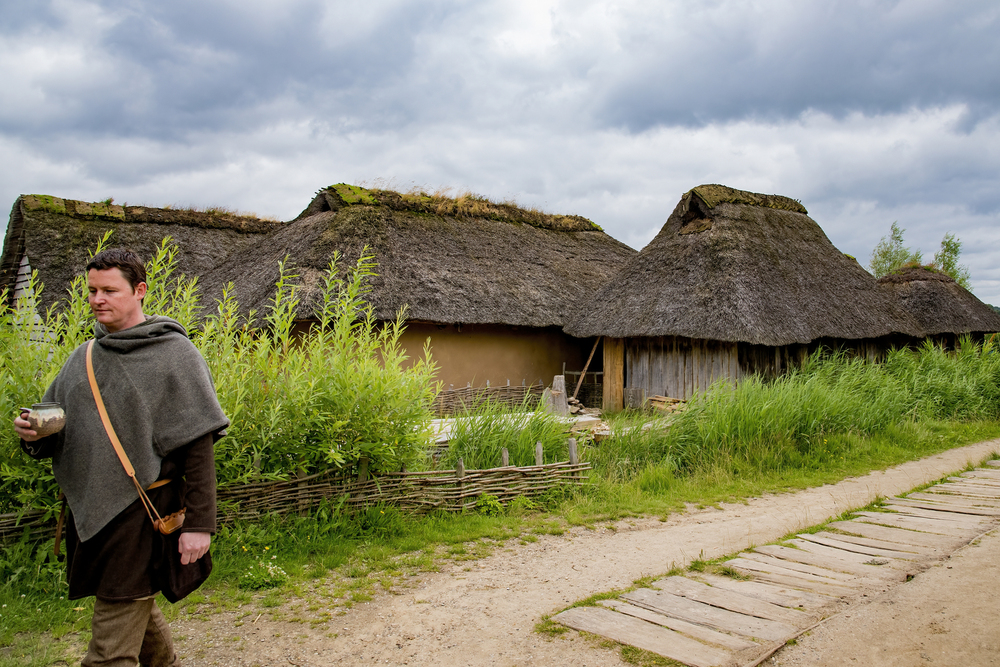
This UNESCO site represents the only confirmed Norse settlement in North America.
Archaeological evidence proves Viking presence here around 1000 CE, supporting
Norse saga accounts.
The reconstructed buildings provide insight into Viking exploration and settlement techniques.
Hedeby Viking Museum (Schleswig, Germany)
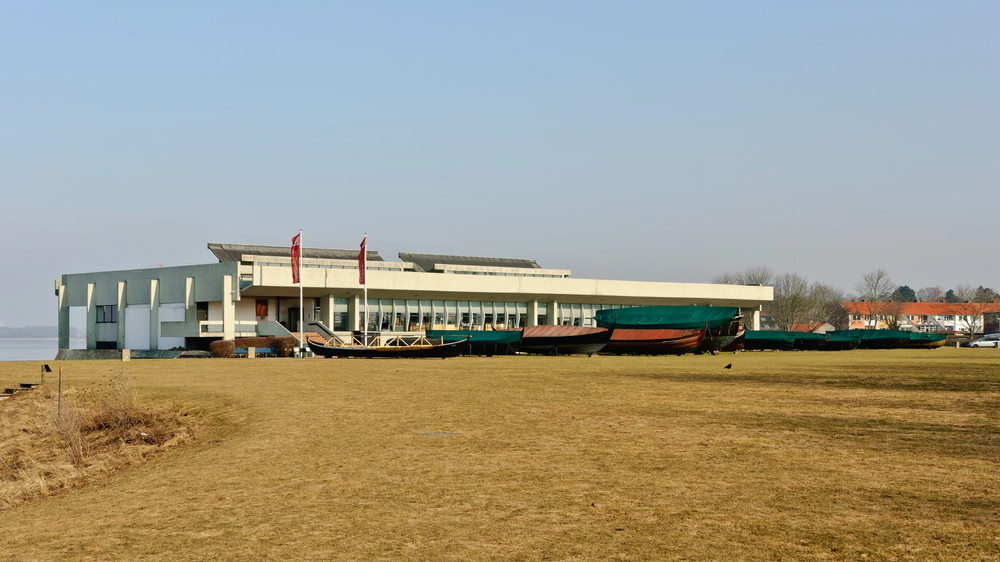
This major Viking Age trading settlement features reconstructed houses and an
impressive museum collection. Archaeological evidence reveals extensive
international trade connections and craft production.
The site’s strategic location between the North and Baltic Seas made it a crucial commercial center.
Like Travel Pug’s content? Follow us on MSN.
Viking Ship Museum (Roskilde, Denmark)
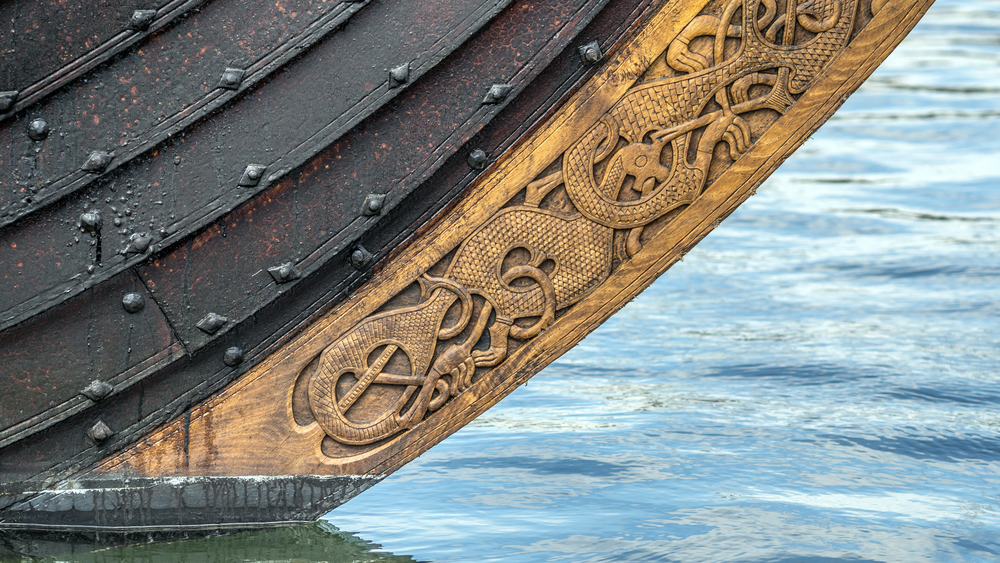
Five remarkably preserved Viking ships form the centerpiece of this world-class
museum. The museum’s boat-building workshop continues to use traditional Viking
shipbuilding techniques.
Visitors can even sail in reconstructed Viking ships.
Gokstad Ship (Oslo, Norway)
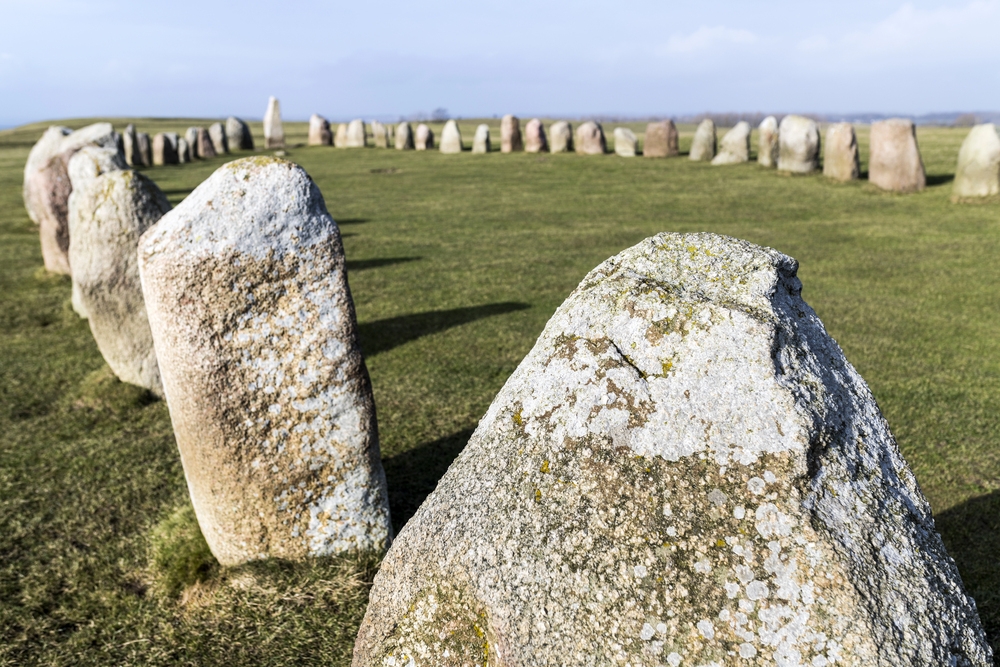
This exceptionally well-preserved Viking ship represents the height of Norse
seafaring technology. Its construction reveals sophisticated engineering and
navigation capabilities.
Archaeological evidence suggests that it belonged to a powerful chieftain.
Ales Stenar (Ystad, Sweden)
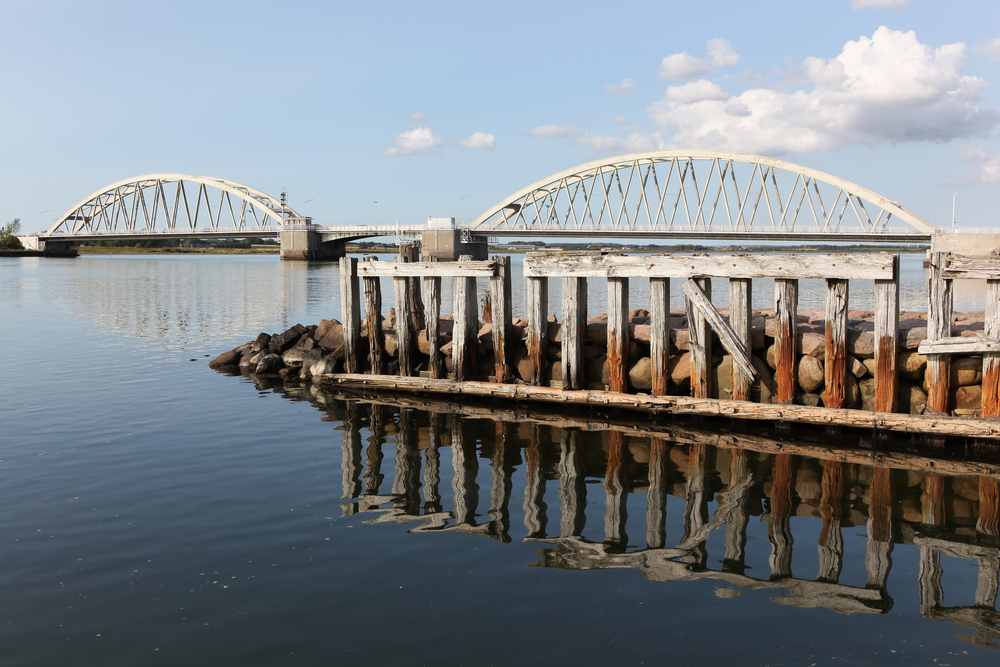
This massive stone ship setting stretches 220 feet long on a coastal clifftop. The 59
massive boulders align with significant solar events throughout the year.
Recent studies suggest both astronomical and ceremonial functions for this mysterious
monument.
Like Travel Pug’s content? Follow us on MSN.
Ring Fortress Aggersborg (Aggersund, Denmark)
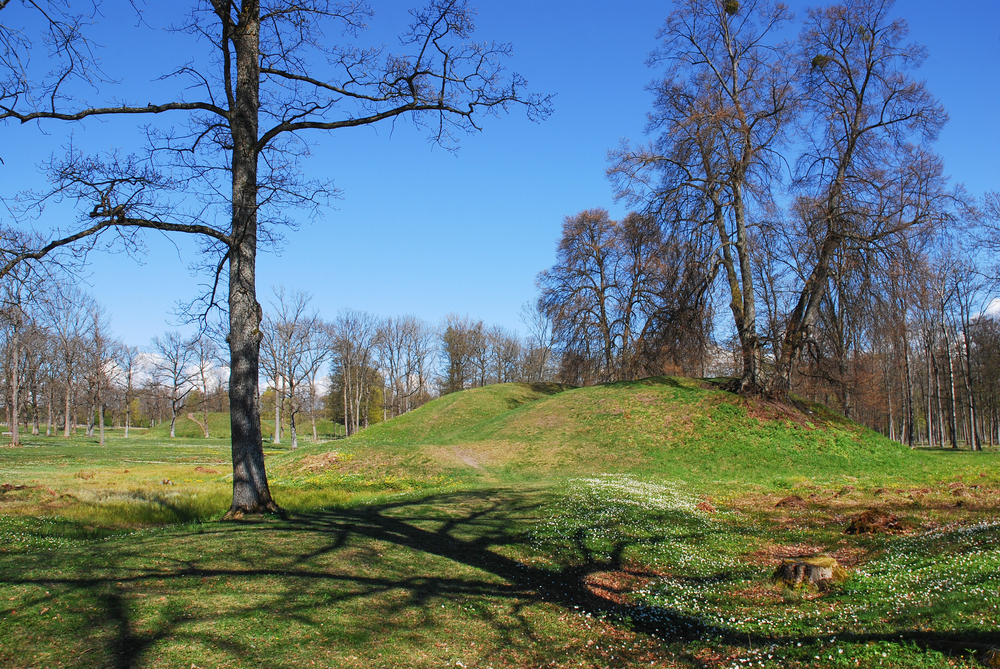
Denmark’s largest Viking ring fortress once contained over 40 longhouses within its
circular walls. The site’s strategic location allowed it to control important maritime
trade routes.
Archaeological evidence reveals sophisticated urban planning and military organization.
Borre National Park (Vestfold, Norway)
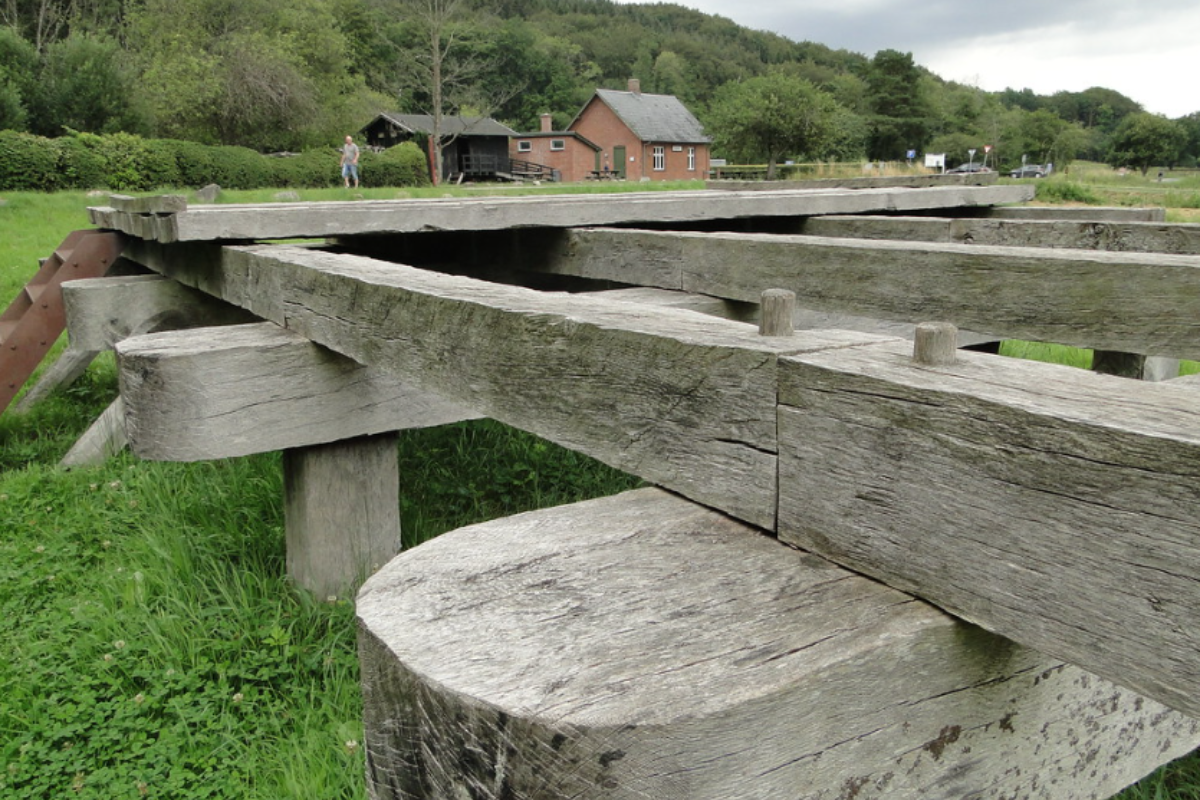
This vast burial ground contains Norway’s largest collection of monumental Viking-
age burial mounds. The site’s museum showcases the finest examples of the
distinctive Borre style of Viking art.
Archaeological evidence suggests that this was a power center for over 1,000 years.
Harald Bluetooth’s Bridge (Ravning, Denmark)
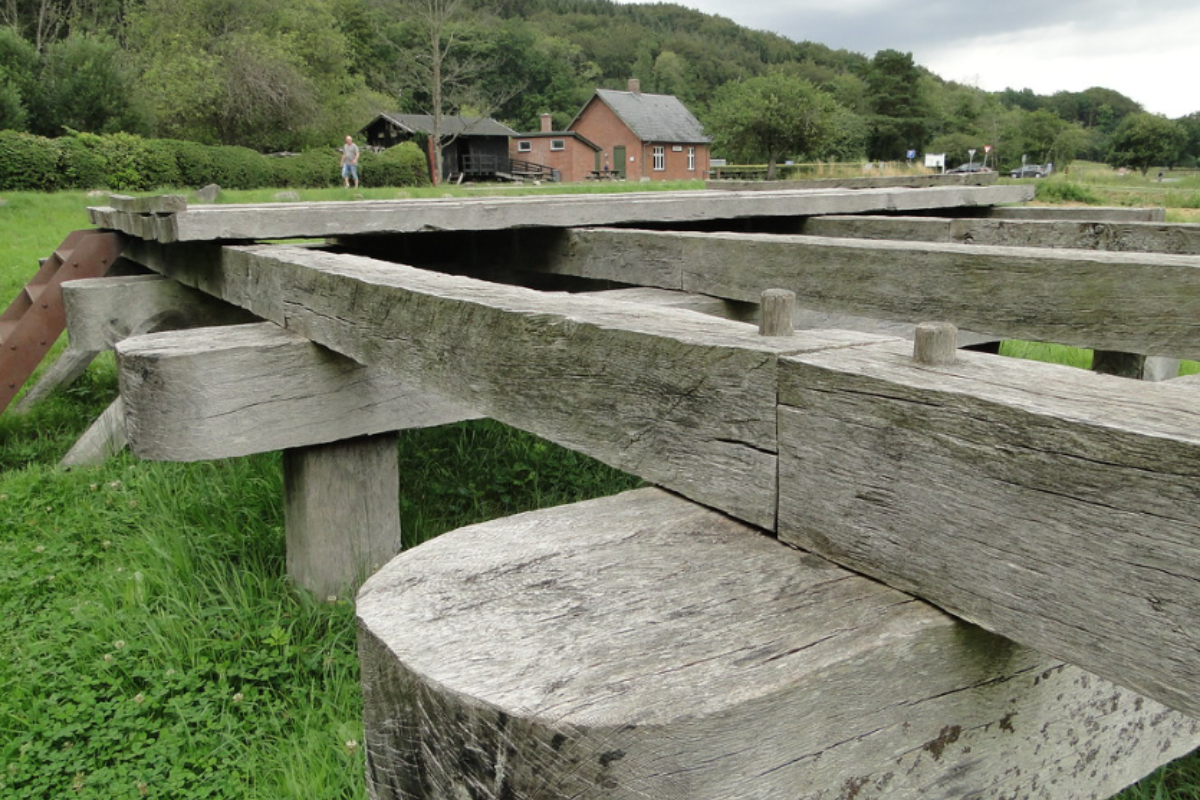
The remains of this massive oak bridge represent an extraordinary feat of Viking
engineering. Recent dendrochronological studies have precisely dated its
construction to 980 CE.
The site includes a visitor center explaining the bridge’s construction and historical significance.
Like Travel Pug’s content? Follow us on MSN.
Viking Legacy Lives On Today

Modern Scandinavia cherishes and preserves these tangible connections to its
Viking heritage, offering visitors unparalleled opportunities to experience this
fascinating historical period.
These 20 sites represent just a fraction of the region’s Viking Age treasures, offering
unique insights into Norse culture and society. Whether you’re a history enthusiast or
a casual traveler, these locations provide an unforgettable journey into the world of
the Vikings.
More from Travel Pug

- 15 Dangerous European Cities to Avoid
- 15 Caribbean Islands Where Tourists Keep Getting Scammed
- The 20 Most Fascinating Abandoned Places: A Journey Through Time and Forgotten Spaces
- 15 Hidden Places in the Smithsonian Museums Locals Love: A Guide to Lesser-Known Treasures
- 16 Hidden Florida Beach Towns That Aren’t Overrun with Tourists
Like Travel Pug’s content? Follow us on MSN.
